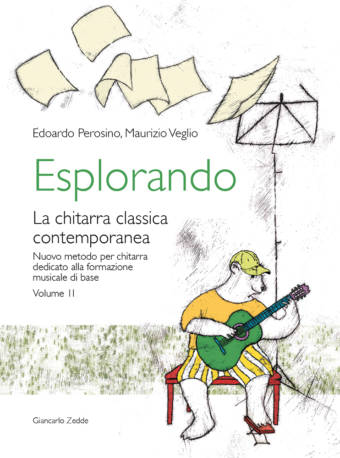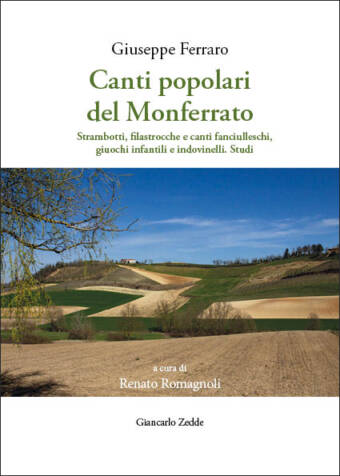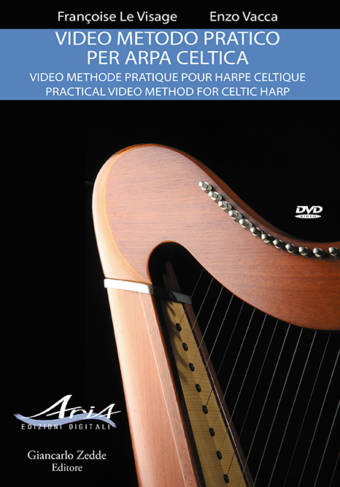Descrizione
To whom is this book addressed to?
Inside Csound is mainly aimed to all the musicians who love music and technology. It is not a purely theoretical text, but it’s a practical programming manual suited either to the aspiring sound designer or the musician with an academic background. The book offers a step by step exploration of what is truly a sound factory. Concepts and techniques presented in this book have, perhaps, the ambition to start always from a practical application in a real music context and not only technical. Although Csound found through the years many applications also in the field of scientific research, I believe that its nature – as its origins – is that of applications in the music and art field. Csound it’s a tool to make music, we could even consider it a true and real musical instrument, a specific instrument to make computer music, namely the extraordinary alchemy that fuses music composition and informatics.
The fundamental idea that brought to the birth of this text is linked to the history of Csound. It is more than ten years since the publication of two texts that I consider the Bible of Csound: Csound book (Boulanger, MIT Press, 2000) and Il suono virtuale (Bianchini, Cipriani, ConTempoNet). The present text doesn’t want to take the place of what is the seminal literature of computer music, however tries to focalize on a fundamental aspect, specifically informatics that shouldn’t be underestimate.
For many years, too often Csound was thought as a tool only suited to prerecorded synthesis, a point of view that, if today doesn’t appear as wrong, is at least mean for several reasons.
As for many programming languages, Csound too evolved during the years, not only it increased extraordinarily the number of opcodes, but many creative ways were opened, new programming patterns, new esthetic and technical goals. There are very many musicians, sound designers, simple amateurs, graduates in Electronics at the Conservatoire of Music, who probably don’t know that many of their instruments, maybe written ten years ago, today could be rewritten and optimized with less line codes, could be converted in tools for the real time, could become plugins for audio/Midi sequencers, or could be played on their own tablet!
Files in .cds format of each chapter can be requested free of charge to the Editor: zedde[AT]zedde[punto]com








Recensioni
Ancora non ci sono recensioni.